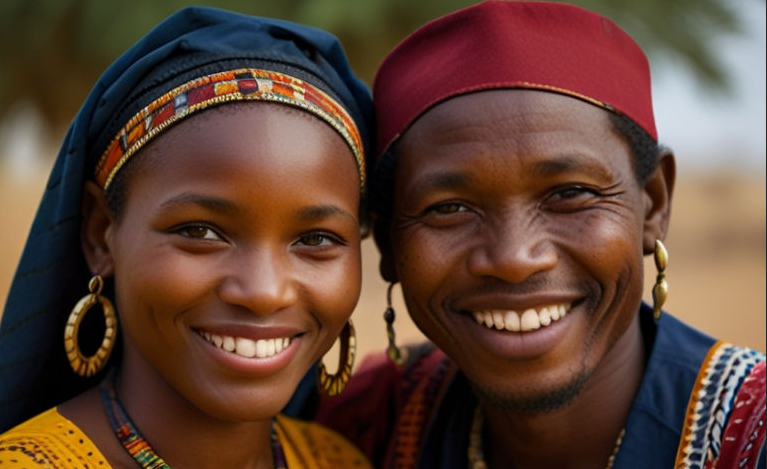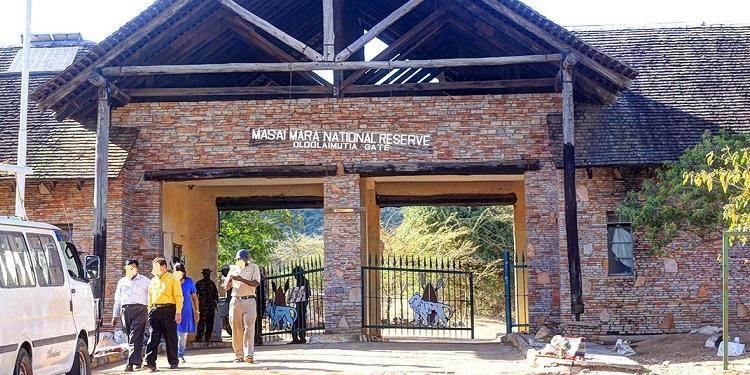Kenyan traditional food is diverse just like its communities, history, and its different landscapes. Every community in a given area has its specialties. The favored beverages that one will find are tea and coffee. They are grown in the country, and when one visits the rural areas, one will find fermented milk ‘maziwa mala’ which is digested easily by a lactose-intolerant individual as in the case with the majority of Kenyans.
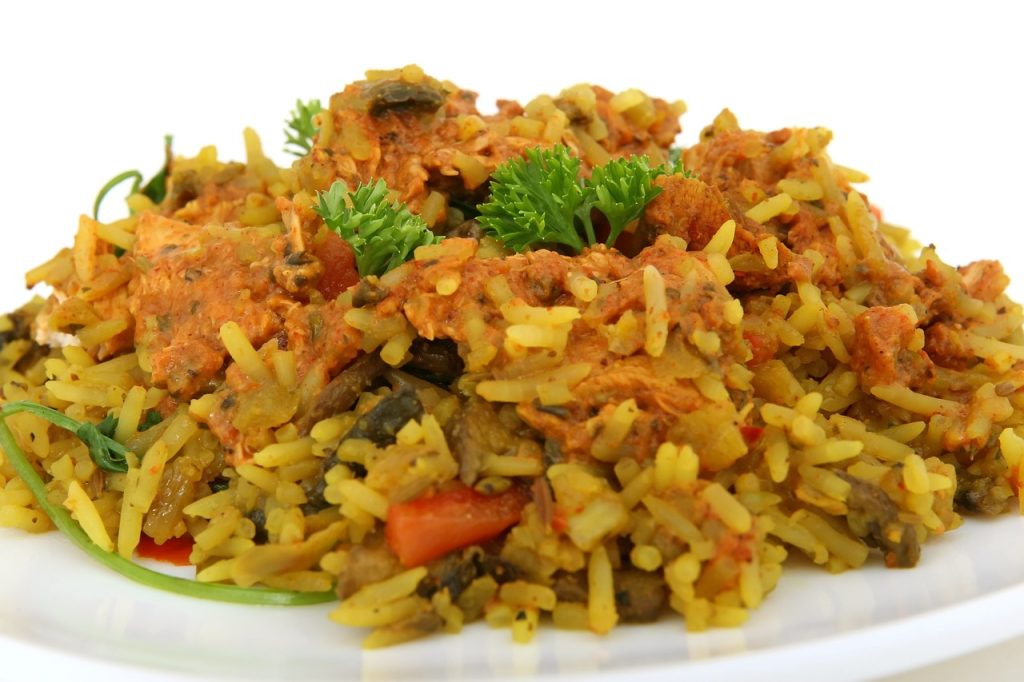
The Kenyan staple foods are maize and rice and are cooked using in various ways. The main dishes that can are commonly served for lunch and dinner are ugali, rice (Kenyan coast cuisine cooked as ‘wali wa nazi,’ Coconut rice in English), and ‘Nyama Choma among many other recipes.
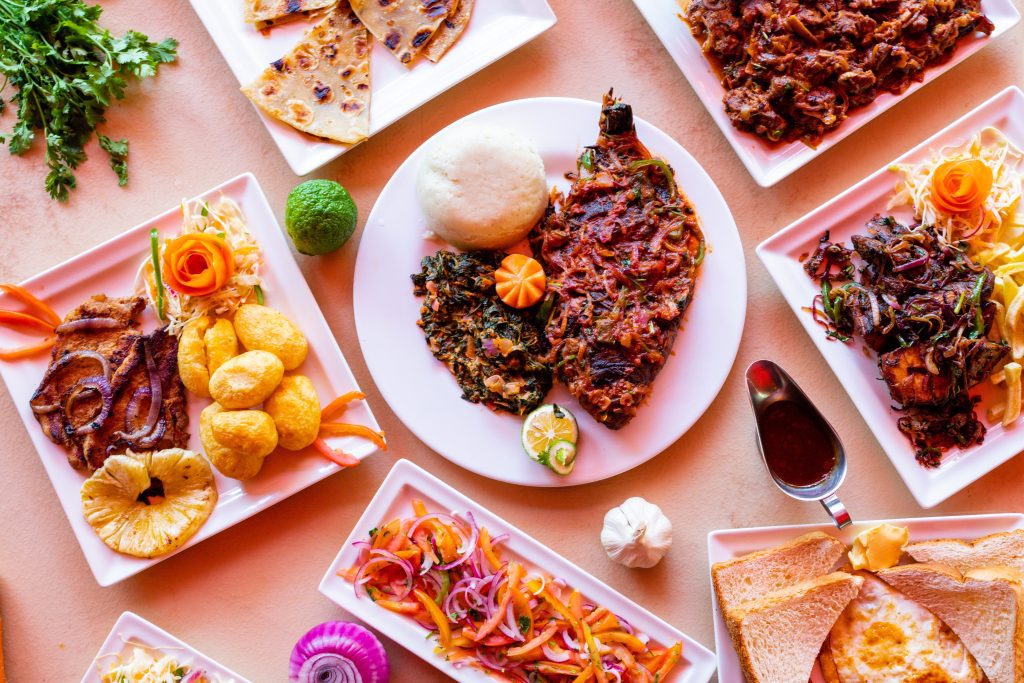
Ugali is normally served as a white stiff porridge that can be dipped in stews. It can also be made into a make-shift spoon when one uses bare clean hands to eat. To prepare it one will need maize flour and water. A ‘sufuria’, or a deep pan can be used to boil water, after the water boils, maize meal will be added and stirred using a strong wooden spoon ‘Mwiko’ to break lumps. Stirring should be done on low heat till it’s firm; it should not be too hard or too soft. It should then be allowed to be cooked for two to three minutes, and after, it should be turned over onto a plate and served with fish, veggies like kales (Sukuma wiki in Swahili), or one’s favorite stew.
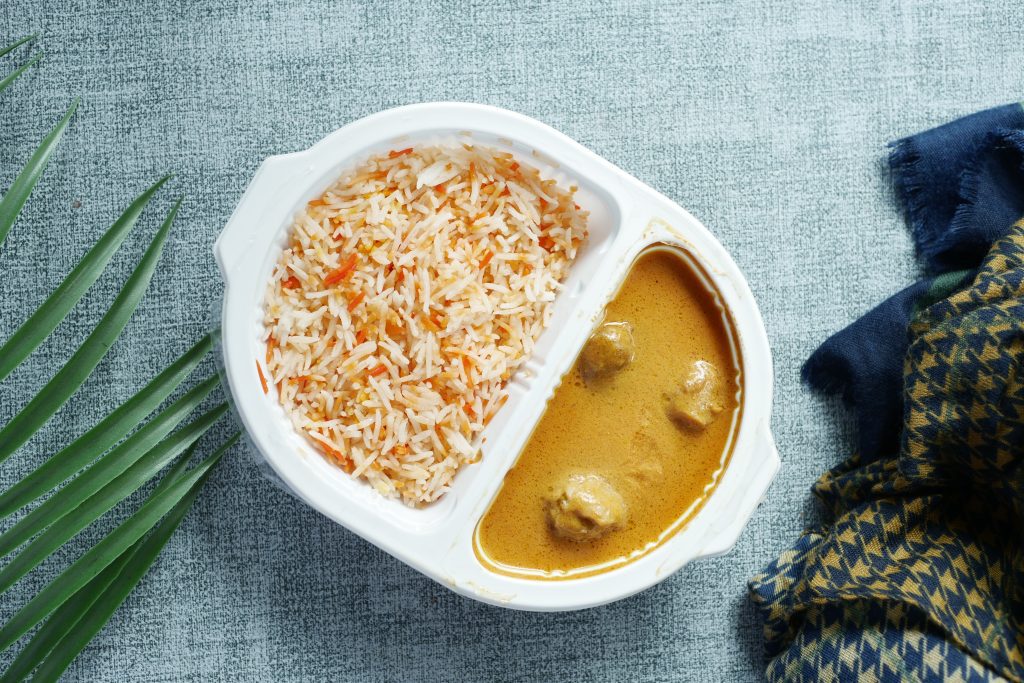
In the coastal region, coconut rice is popular. Plain rice is cooked with grated coconut to make a fragrant twist on the rice (Obiero, 2022). The rice is enjoyed best when served with some veggies, chicken curry, fish, or sometimes a bean stew. ‘Nyama Choma’ is a meal that tends to unite Kenyans (Obiero, 2022). In almost all ceremonials, there must be ‘nyama Choma.’ Its ingredients are either beef or goat’s meat, cooking oil, or warm water. After preparing the grill, the meat is tossed with oil and thread on skewers. Salt is stirred with warm water till all the salt dissolves. The grill is skewered basting the meat at different time intervals with warm salt water till it’s cooked to one’s desired taste. The meat is then removed from the skewers, chopped into bite-sized chunks, and served with kachumbari and ugali.


